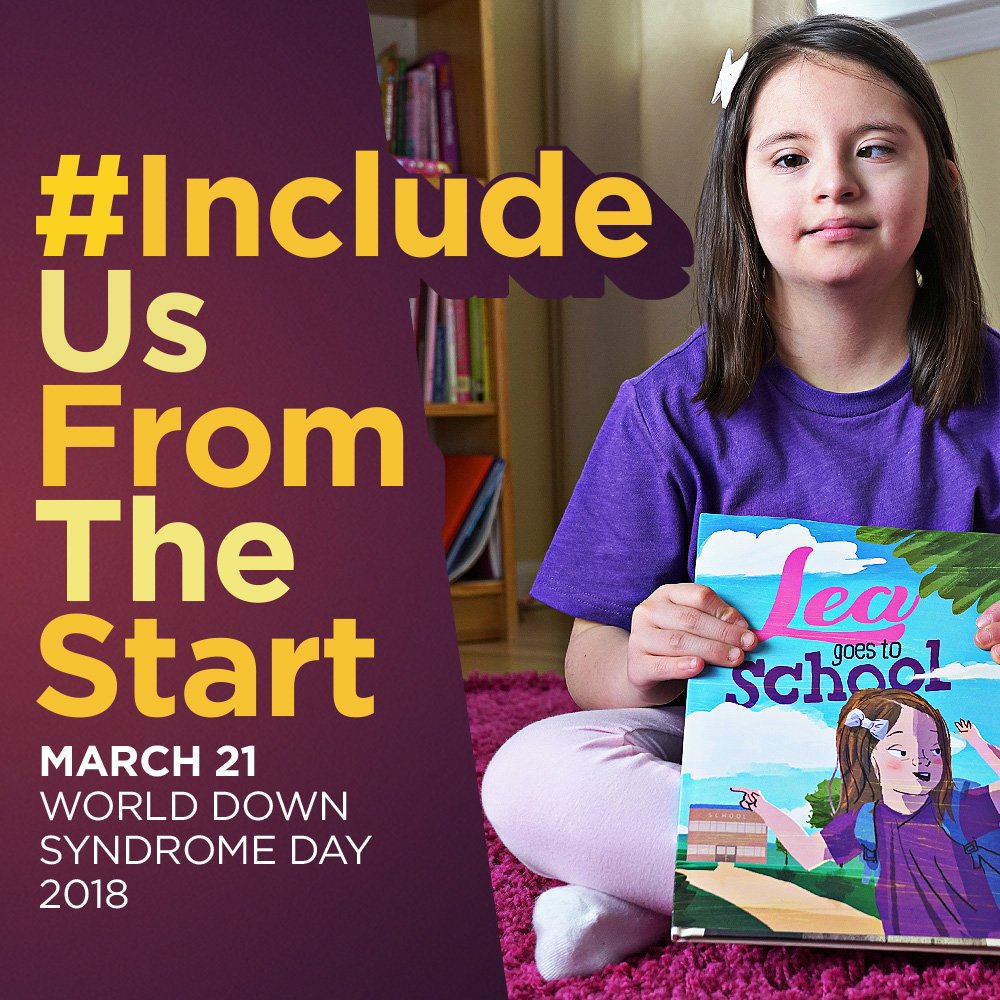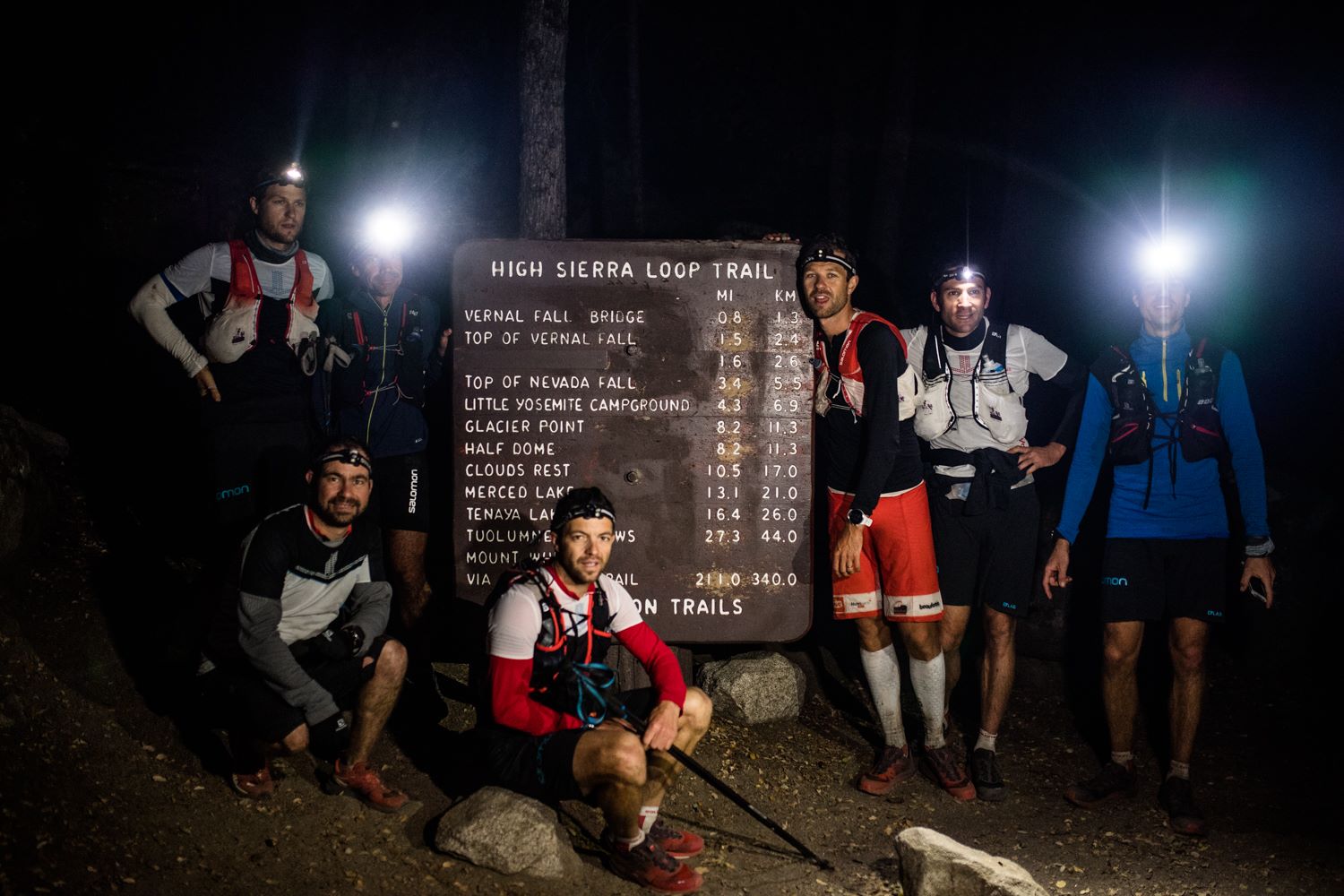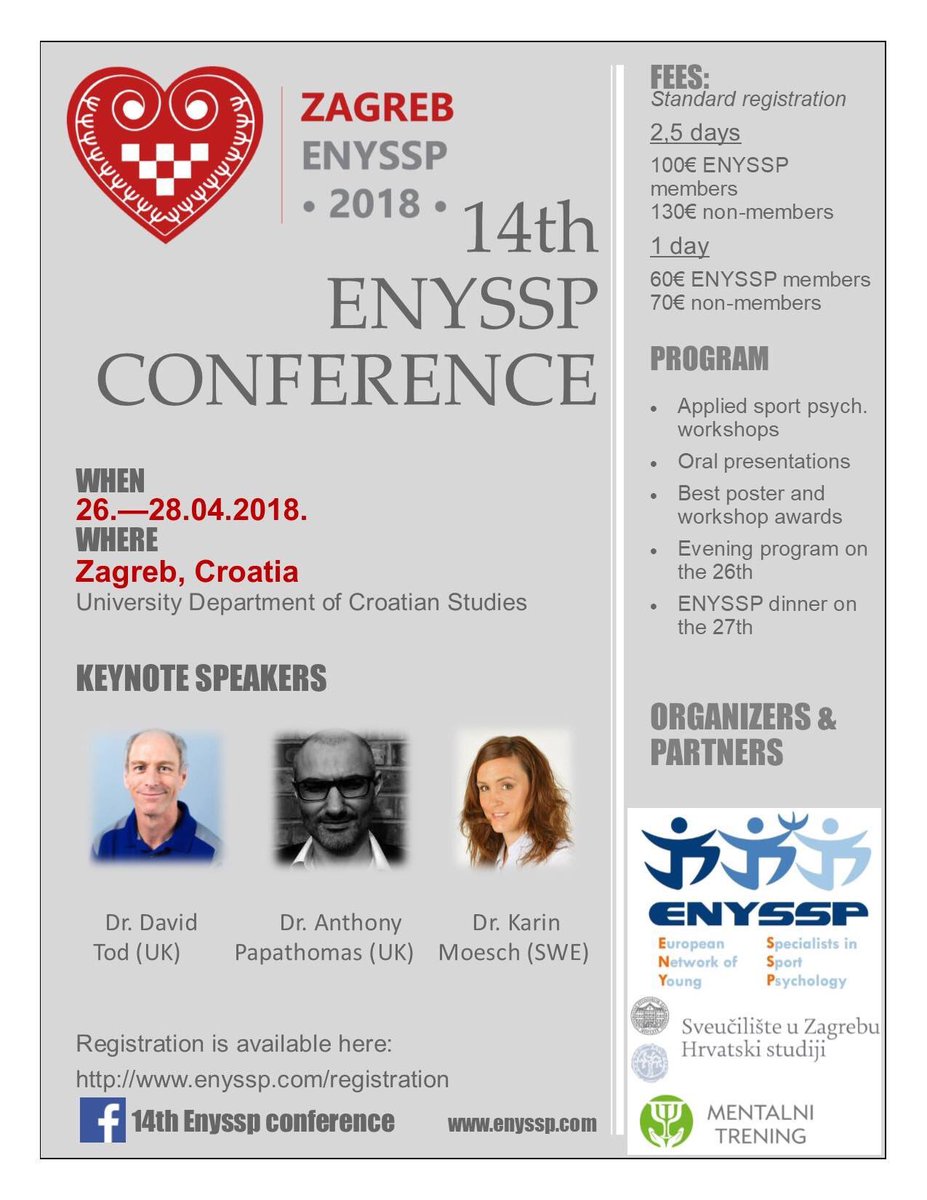
Monthly Archive for March, 2018
Il Seminario offrirà una panoramica delle più recenti ricerche nel campo dell’allenamento dei giovani atleti. In modo particolare verranno illustrati due modelli utilizzati per favorire un maggiore coinvolgimento ed assicurare il massimo impegno dei giovani nelle attività sportive: il Personal Assets Framework (PAF) e il Developmental Model of Sport Participation (DMSP).
Proprio quest’ultimo Modello, che mira allo sviluppo dei tre obiettivi tipici dei programmi per le attività giovanili, ossia Prestazione, Partecipazione e Sviluppo Personale, sarà protagonista del prossimo numero della Rivista della Scuola dello Sport con un approfondito Articolo.
Durante la giornata, si analizzeranno le tre componenti fondamentali di questi Modelli: le caratteristiche delle attività da svolgere, le competenze gli allenatori ed il contesto operativo.
Riguardo la formazione degli allenatori, verrà indicata come utile una prospettiva che metta al centro le relazioni interpersonali come strumento necessario per sostenere una partecipazione a lungo termine da parte degli allievi.
Il Relatore principale del Seminario è il Prof. Jean Cotè della Queen’s University di Kingston (Canada), il quale, per mezzo dello “Sport Psychology PLAYS Research Group”, da lui fondato e finanziato tra gli altri anche dalla English Football Association, svolge costante attività di ricerca sui fattori psicosociali che influenzano la performance e la partecipazione nell’attività sportiva, con particolare attenzione al contesto giovanile.
Il Docente rappresenta sicuramente un punto di riferimento in campo Internazionale per tutti gli studiosi ed i tecnici che si occupano di allenamento giovanile e della formazione degli allenatori.
«Spengimi l’autismo che devo fare gol». C’è tutta la voglia di vivere di un ragazzo sbrigativamente etichettato come “diversamente abile” nell’appassionata richiesta — che vale più di uno scudetto — al suo allenatore, che è anzitutto un amico. Con un particolare in più: il ragazzo che «vuole spengere l’autismo per fare gol» gioca nella Roma. Sì sì, la Roma-Roma, quella vera di Totti e De Rossi.
La squadra giallorossa è infatti l’unica al mondo ad aver dato vita al progetto “calcio insieme” che vede sessanta bambine e bambini con diverse disabilità giocare con i loro coetanei tecnicamente così bravi da far parte, appunto, dei settori giovanili della Roma. E non è retorica affermare che non è ben chiaro chi ne tragga più vantaggi.
«Probabilmente tutti allo stesso modo» risponde di getto il direttore generale della Roma, Mauro Baldissoni, che due anni fa ha fortemente voluto questo progetto-pilota, affidato all’Accademia calcio integrato, tanto da considerarlo il fiore all’occhiello di tutte le iniziative solidali promosse dalla fondazione Roma cares.
di Giampaolo Mattei

Sport must be more and more an opportunity to integrate the differences.The Integrated Soccer Academy offers together with AS Roma a path of integration through football of girls and children, 6-12 years old.
The world day dedicated to people with Down syndrome must do reflect on how far we are to do achieve the goal of integration.
In basketball the free throw is a technical fundamental showing the leading role of the players’ mind.
At first glance, the free throw seems easy to do: its execution is always at the same distance from the basket, the players are not moving and have the time to prepare the shot following their personal rhythm without any direct physical contact from the opponents. At the contrary, the statistics published by EuroLeague Basketball show a different scenario.
In the current season, in all games only 8.5% of the players made the 90% of free throws, 35% made the 80%, 32% the 70% and 24% have scores below the 70%.
Furthermore, the statistics of the last three games show the 54% of the players made at least the 80% of free throws, while the 40% scored from 69% to 36%.
The points scored are higher than those of all matches for the reason that in this second comparison there are only 22 and not 105 players as in the first: increasing the number of the players, increase also the mistake percentages.
These data clearly tell us that this easy shot, from the technical side, can become very difficult. The reason is in the players’ problems to manage their competitive stress. In other words, the free throw could represent one key index to know how much the players are able to be efficiently focused on a specific task when they are under pressure.
In the last years, the sport psychologists have proposed the free throw could be coached using a more effective routine pre-shot. This approach is useful to learn the management of the extra-time they have before the shot. This time, indeed, can be an advantage or a disadvantage. This free throw momentum will be positive only if it has been build a personal routine to forget the distractions (momentum of the match, score, pressure of the opponents, individual worries and fear, personal confidence in that situation, fans’ screams). Otherwise the risk is that the emotions become too strong and difficult to get out from the mind and the players will increase the probability to choke under this psychological overload.
The EuroLeague Basketball statistics confirm the free throws very often represent a problem to cope with also for the best teams, like are who compete in this European tournament, they are the top teams in their countries but less than 44% of the players made the 80% of the shots and 24% made less than 70%. This is not only a European problem. In NBA, the Los Angeles Lakers have had a very bad statistic with the 68% of shots scored and the club sent the players to follow a psychological program to improve the free throws.
The training to improve the free throws can be centered in two different phases. The first regards how to reduce the tension and be focused on a task for few seconds. In this phase, the players practice deep abdominal breathings in a correct way.
This is a fundamental exercise because usually the players are not able to breath deeply and consequently cannot help themselves before the execution of the free shot. After that moment they should notice their breath, don’t change the breath but stay focused on the sensation of air in and out for two minutes, repeating 4/5 times this last exercise.
The final goal of this work is to have an efficient body control – loosing up the muscle tension – and center the attention on the present.
The second phase, is to practice a specific routine when shooting a free throw, following five steps:
- Reduce immediately the body tension (through one deep breathing)
- Put the body on the line in a comfortable position (feel the body centered in the ground)
- Visualize two free shots (mentally rehearsal the shots as you are doing in that moment)
- Look on the ring (the gaze must be always oriented in the same point)
- Do the shot
The players have to train several times this routine in order to reach an optimal confidence level in this preparation. To reach this kind of proficiency, once the players have planned and established their personal routine, they have to simulate game pressure in practice.
Attempting to run the 350km John Muir Trail crossing the isolated and mystic mountains of the Sierra Nevada is no small feat. To do it in a single shot, like François D’Haene last fall, that’s what legends are made of.

In basketball the cohesion is a need to achieve the team primary goal: cope with the opponents with confidence and grit. The internal rivalries, if not limited to few episodes are wasted energies and keep the players engaged in activities with a disruptive impact on training and match. The team must always think in terms of US and the coach should encourage the participation of players, listen them, treat everyone with the same criteria and avoid favoritism, support altruistic behaviors and reduce the individualistic behaviors.
Magic Earvin Johnson’s story is an example of how even a champion have to move from too individualistic behaviors to greater cooperation with the mates. In fact, when Magic played in the Los Angeles Lakers also stood out for his dedication to teamwork: passed and defended rather than thinking about scoring points. It was Magic to explain to his coach Pat Riley as he had established this great attitude.
When he was a little boy, playing Youth League basketball in East Lansing, Michigan, his coach told him he was the best player of the team and he should have to shoot the ball all the time. He did it, scoring most of the points of the team, which won all the time. Despite these victories the other teammates looked miserable, were depressed and nobody thanked or appeared pleased about what he was doing. Magic also was not lucky and he did not want to be this kind of player. He decided to change, becoming more altruistic, defending and passing the ball to the mates. The team mood changed completely and the mates became much more motivated, increased their skills and continued to have success.
What about your team, the players put aside their ego and work to be cohesive independently of the match momentum?







